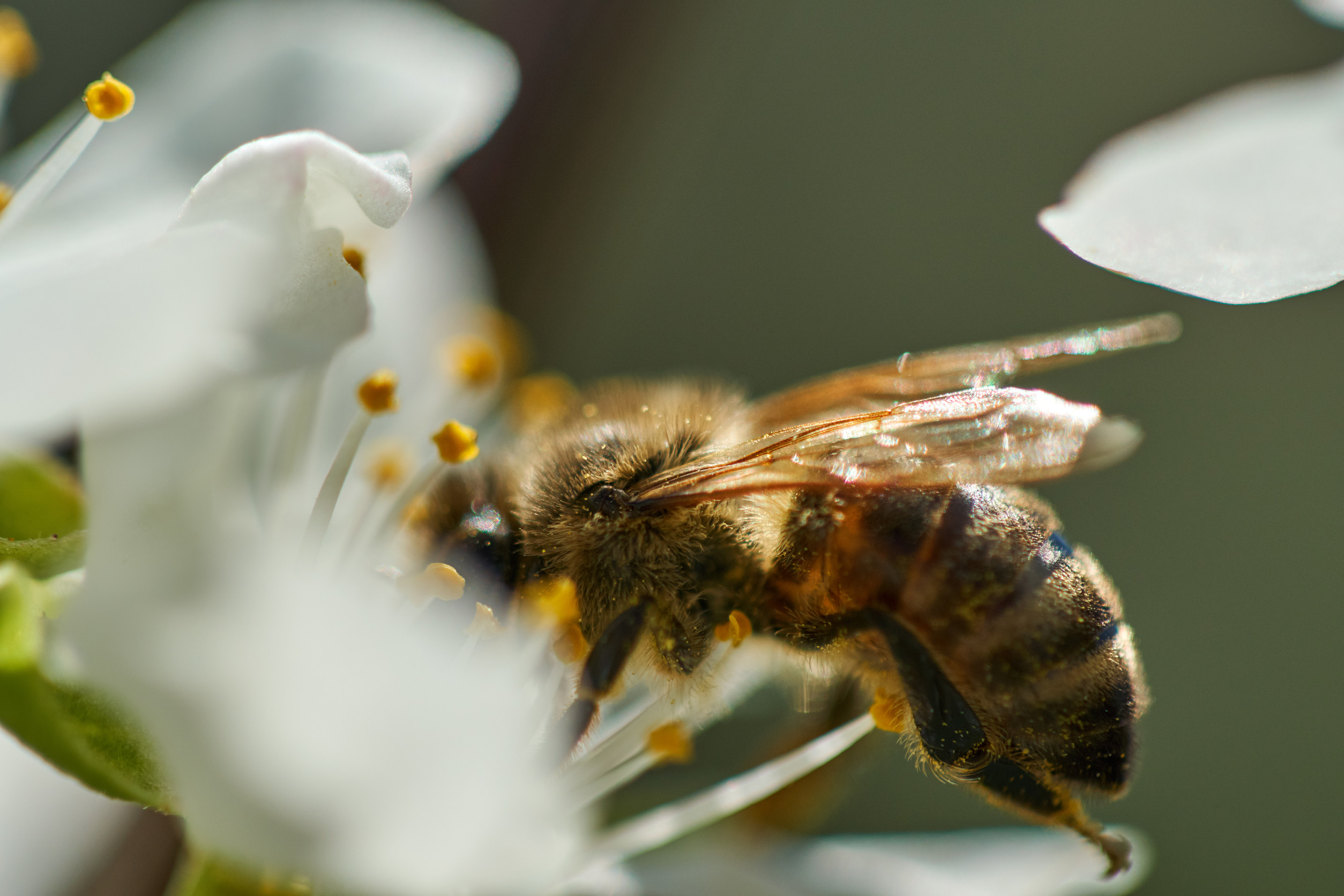As you are probably well aware by now, most current agricultural practices have a hugely detrimental effect on the environment, leading to the degradation of swathes of land across the world which would otherwise serve as a tool against climate change. The good news though, is that farmers around the world are increasingly taking up regenerative practices as a means to grow produce in an environmentally beneficial way by enabling the soil to store carbon dioxide.
With that said, until last year, it was impossible to assess how much CO2 was being sequestered without collecting soil samples and sending them to the lab — a painstaking and expensive process that’s also difficult to scale. To help offer a clearer picture, Boulder-based startup Cloud Agronomics is using NASA technology that can accurately quantify soil organic carbon.
To do that, the company flies specially equipped aircraft over a field twice a year, before planting and after harvest. “You can see whether the soil is healthy or not, whether it’s carbon-rich and dense and dark brown versus if it’s very crumbly,” says co-founder Jack Roswell. “So imagine what you can do with 300 times the power of the human eye. That’s the technology we’re using.”
The technology, which can quantify soil organic carbon down to a depth of over 30 centimeters, works by analyzing how much light soil reflects. As such, this hyperspectral imaging collects granular data on soil carbon, along with crop nutrients and agricultural runoff. By doing this, the company helps discern which regenerative agriculture practices are the most effective while providing farmers with insight into their soil and crop health.
This story is part of our Best of 2021 series highlighting our top solutions from the year. Today we’re featuring environmental solutions.











